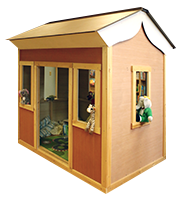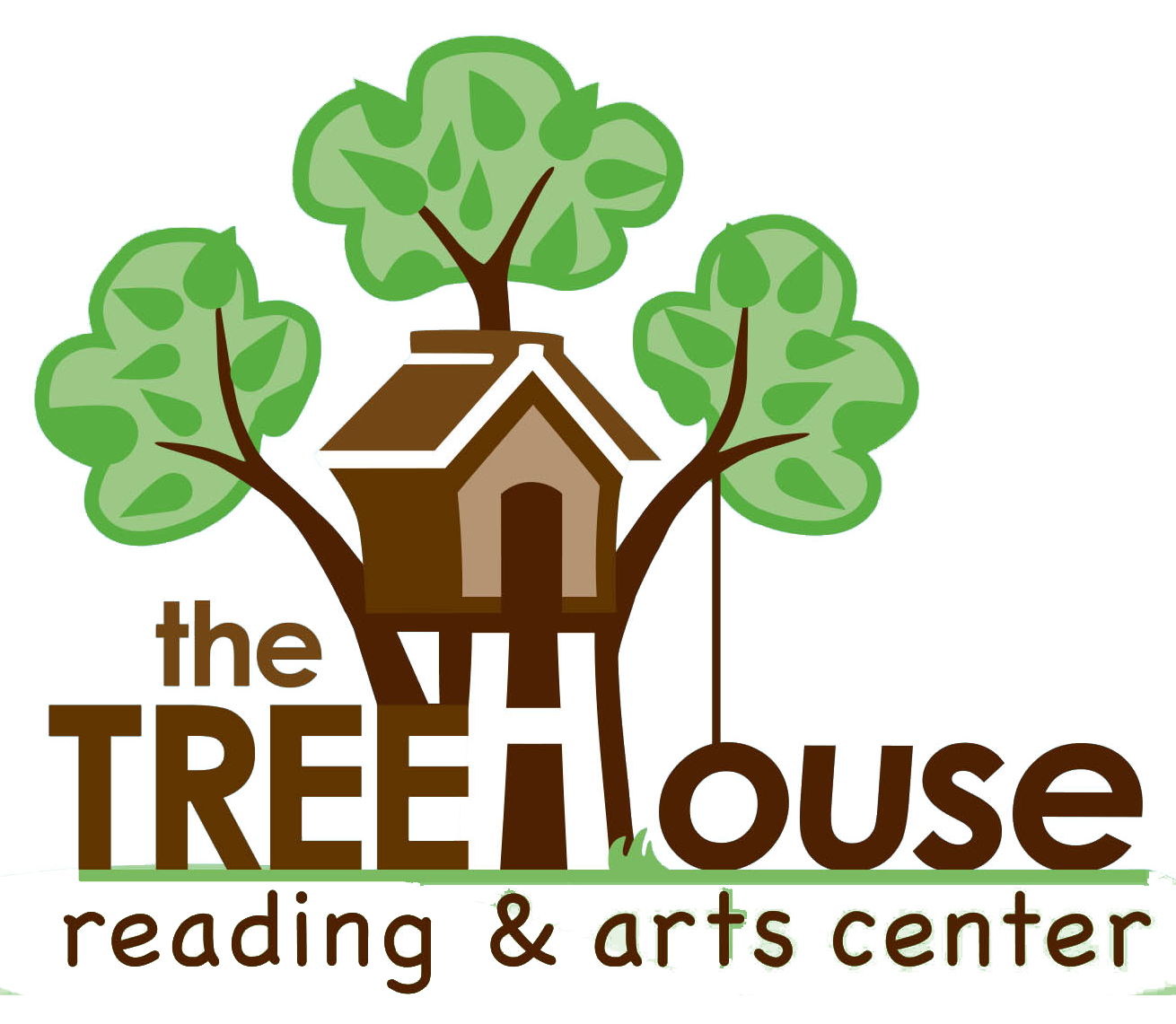Now that we know that there are many good reasons to read aloud, it’s time to think about how to go about it. There’s a lot of resources out there on how to read aloud. Seems silly, right? Pick up a book and read. Sometimes that’s all there should be. So why are there whole books about reading aloud? Why is there a list on a bookmark at every library? Let’s talk about some “how-to”s that might be especially appealing or important.
There are different tips for when you have a different purpose for reading. For example, if I’m reading a lyrical, rhyming bedtime book, I would likely just read it straight through without stopping. I would make sure I was allowing the rhyme and rhythm of the poetry to come out. I would want to match the tone of my voice to the mood of the story. I would probably just let the mood of the story speak for itself and not follow up with too much. Just let the calming poetry settle over the room. Similarly, if I were reading a Dr. Seuss book I would also want the rhyming pattern to take over and would probably read straight through, as well. But some Dr. Seuss stories actually address some big issues so I might have a little discussion at the end about what happened in the book to help that bigger idea come out.
If I’m reading a book that doesn’t have rhythm or rhyme, I might be more likely to stop more often during reading. For example, I might pause and explain a new word. A simple, “have you heard that word before? It means…. (give a synonym or quick explanation)”. Sometimes it then helps to replace the word with the synonym while reading the original sentence and then keep reading. You can also stop and ask questions. Things like, “why do you think they did that?” “What would you do next?” or “What do you think will happen? You can also offer observations: “This is like what we saw at the aquarium.” “That reminds me of what we read in [another book].” “We just did that the other day!” These questions and observations model the questions and connections children will be asked to do on their own in school. They also encourage discussion with your child, which as a parent you might find just as valuable as their academic literacy learning.
Part of children’s learning as you read aloud is due to the modeling of fluent reading. So how we actually read becomes important. We are the model reader and we want to read in a way that children will mimic on their own to become more fluent readers themselves. This doesn’t mean we can never make a mistake, skip a punctuation mark, or hesitate on a word. In fact, we can use those moments as teaching examples. We can let our children see when we have to reread to correct an error, or add in correct punctuation (a question or exclamation) or smoothly read a sentence. But when we read with overall expression, excitement, and at a good pace (like regular speech) our children know more and more what their own goals are for reading.
Now, this may mean that in some cases we want to preview a book first. Some picture books, especially rhyming books, have some tongue twisters. So, if we want the rhyme and language to flow it might be beneficial to give these a quick read through on our own so there’s no surprises and so you can pull of that fluent reading. It’s often a good idea to skim through no matter what to make sure it’s content that you are prepared for at that time. Some picture books have some pretty advanced content suitable for older kids (and might I add, WONDERFUL for older kids) – not all pictures are geared for younger audiences as we might assume. {More on that soon in the ‘what to read’ post.} What about chapter books then? Should we read every chapter book first? Well, personally, I wouldn’t pick up a book I know nothing about. It’s good to have a review from a friend, parent, or professional you can trust (perhaps a literacy partner, like me?). If you’re worried about the topic a book deals with, even if it’s appropriate, you may want to peek at the book ahead of time. Once you start out reading, if something does come up you can always use that as a time to stop and chat with your child. A great benefit to reading aloud is that you ARE there to talk to your child as you are reading about new things. Rather than censor material so they aren’t exposed, you can be there as a sounding board so you can promote the values you and your family believe in and also have a window into your child’s developing sense of values as well.
Once a child can read on their own, the question often becomes if they should read to you or you read to them. This can vary depending on the situation. I often like to separate the activities. Going back to the idea that kids can understand harder texts that they can read on their own, we might be reading aloud books on a higher level than their own independent reading level. So, in one event, you can choose a book on their level for the child to read to you. But I might suggest having this occur in a separate sitting then when you are going to read to them. This isn’t a hard and fast rule, of course. If your child is motivated to read to you, let them read! Some books are also perfect for shared reading – they read a page and then you read a page. Or, if it works for you, you can also read at the same time- they call this choral reading in school. But you want to make sure that there is read aloud time set aside that isn’t all about practicing reading or doing the “work” of reading. That might still need to happen at a different time of the day. But you want to allow for reading aloud time that echoes the feelings of happiness and security that were started when your child was a tiny baby and you snuggled up together and read books. But wait!! Before you stop right there, if you’re thinking, “I didn’t start when they were little, it must be too late!” – do not worry! It’s never too late. Go find your favorite book, their favorite book, a funny story, a comic book, a book about their favorite topic, a book of poetry and start today! Perhaps all this is leading you to our last question, though…what?? What should you read? You’re in the right place. As a children’s literature professor, I’m so excited to have you come back and check out my next post about choosing what to read. Because there are so so so many great choices I can’t wait to talk about them!
***Your turn! Share what has worked for you in reading aloud with your child! What tips or advice to you give other parents? When were you most happy about how reading aloud with your child worked out? What do you struggle with when reading aloud? What questions still remain?



